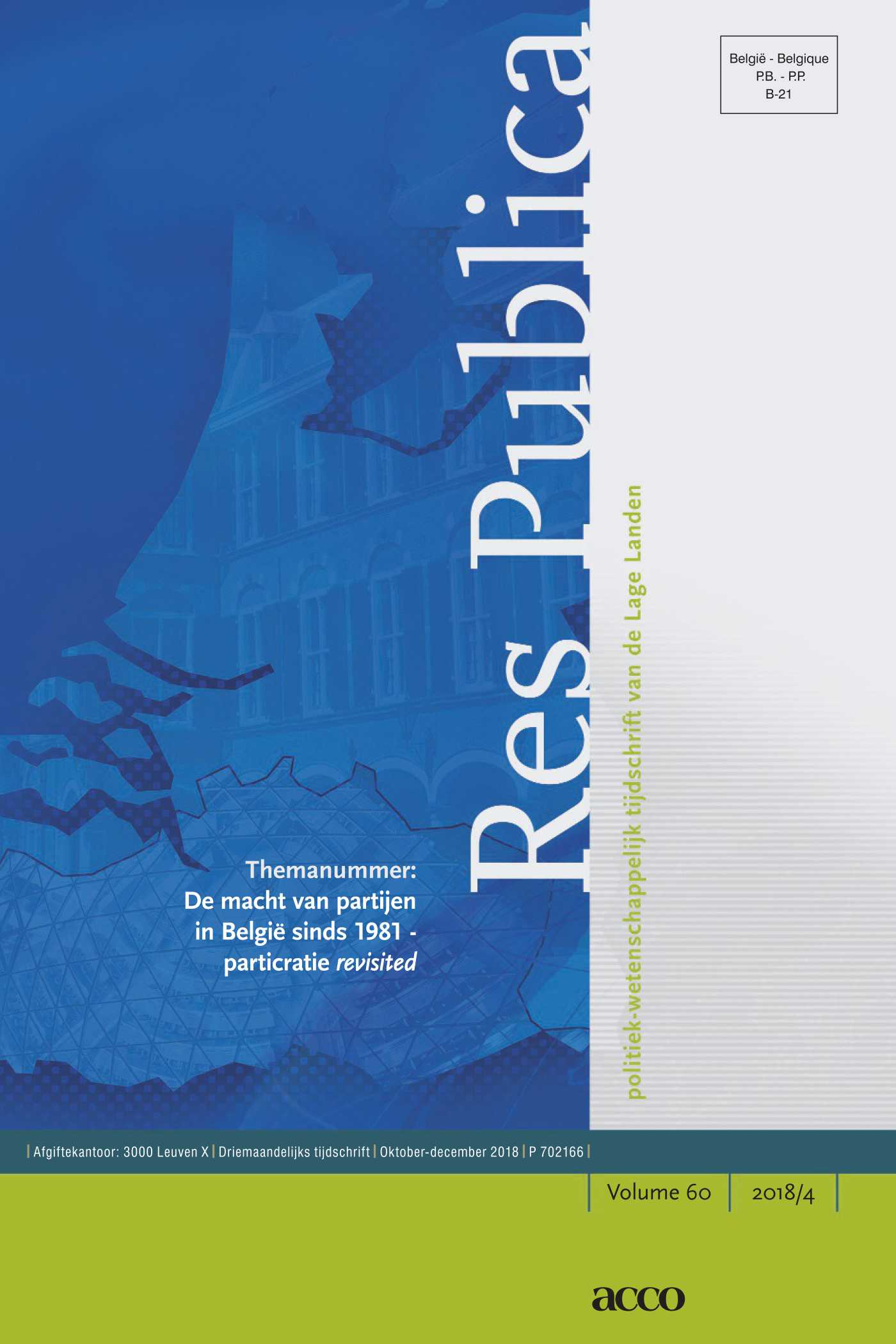|
Without doubt, the year 2001 will remain identified with the terrorist attacks of september 11. To some extent, this goes for the European Union as well. The events of september 11 left an important mark on the European integration process, of which the development of the European arrest warrant is an important illustration. Nevertheless, as for the European Union, the year 2001 was more than a year of anti-terrorism measures. In the second semester of2001, the Belgian government assumed the presidency ofthe European Union. 2001 was also the year in which, only weeks after street violence disruputed the European Council ofGöteborg, a protester was killed in the margin ofthe G7-G8 Summit in Genova. In 2001, the gap between the European Union and the United States got larger for a number of policy fields, including National Missile Defence and the Kyoto Protocol. Yet, in the autumn of2001, both power blocks reconciliated at the WTO Ministerial Conference in Doha, Qatar. In Doha, a new global round of trade negotiations was launched. As in previous years, in 2001, the enlargement process was high on the European agenda. As for the latter, for the first time, ten candidate countries were mentioned by name, making their accession in 2004 a more realistic scenario. The eastern enlargement will radically change the face of the European Union. The Belgian presidency anticipated this impeding metamorphosis and stimulated the adoption of the Laeken Declaration in december 2001. The Declaration laid the foundation for the Convention on the Future of Europe which started on February 28, 2002. The Declaration of Laeken was one of the European highlights of 2001. The low point was the Irish referendum of June 7, 2001, in which a majority of the Irish population rejected the Treaty of Nice. Both events reflect the situation the European Union is faced with today, as they demonstrate the growing tension between the desires of «widening» and «deepening» the European construction. The future willreveal how the European Union went with this growing area of tension. |


Res Publica
About this journalSubscribe to the email alerts for this journal here to receive notifications when a new issue is at your disposal.
| Article |
|
| Authors | Mark Deweerdt |
| Article |
|
| Authors | Sam Depauw and Marl Deweerdt |
| Article |
|
| Authors | Bart Kerremans and Edith Drieskens |
| Abstract |
| Article |
|
| Authors | Jean-Claude Van Cauwenberghe, Serge Kubla, José Daras e.a. |
| Article |
|
| Authors | Mark Deweerdt |
| Article |
|
| Authors | Mark Deweerdt |
| Article |
|
| Authors | Jo Noppe and Bram Wauters |
| Abstract |
|
At the Belgian parliamentary elections in June 1999, the Flemish nationalist party 'Volksunie' (VU) which formed an alliance with the social-liberal ID21 progressed slightly. On July 10, 1999, the party decided to participate in the purple-green-yellow Flemish government, but at the same time they decided to stay out of the federal Belgian government. Two years later, the VU-Party Bureau decided that due to deep divisions within the party it had become impossible for the party to continue. The 15.000 party members were asked to judge about the future of the party. Because no party project managed to obtain a 50 %-majority in the party member referendum, the VU dissappeared. Two new parties - the 'Nieuw-Vlaamse Alliantie' (N-VA) and 'Spirit' - emerged from the ruins of the VU. The collapse of the VU can be seen as the most far-reaching change in the Flemish party political context of the last decade. This article focusses on the last two and a half years of the VU and on the first year of the N-VA and Spirit (from June 1999 until July 2002). In a first part, achronological overview is build up. This part provides an overview «from day to day» of the events that played a role in the collapse of the VU and the creation of the N-VA and Spirit. The second part of the article draws amore morphological picture of the VU, the N-VA and Spirit: data are presented about the internal organisation of these parties (info about party meetings, the composition and competences of the leading party structures, internal elections, party mandates, the party employees and numbers of party members). By offering an extensive overview of facts and figures, it is the intention of the authors to provide a solid guidelinefor further investigation. |
| Article |
|
| Authors | Jo Noppe |

 Issue 4
Issue 4